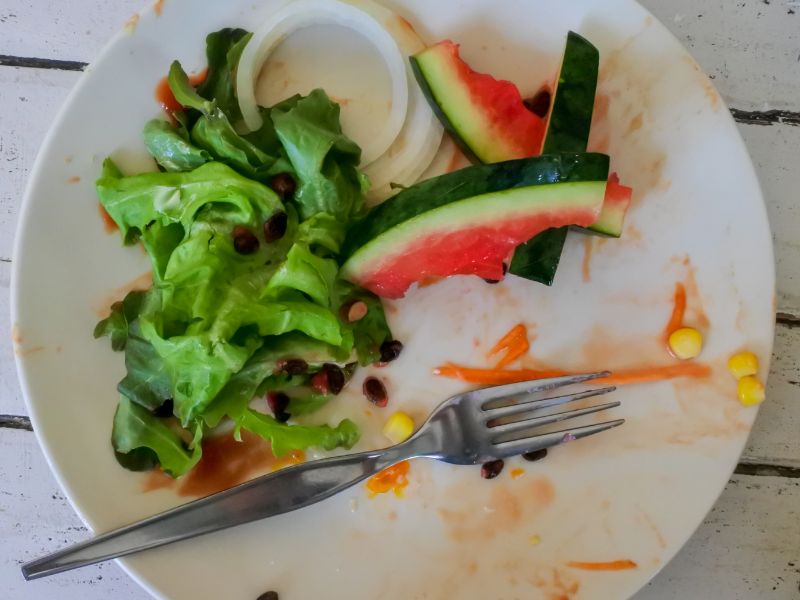Understanding Your Business’s Waste

The first and most important step to reducing waste is understanding what you are wasting and why. Food waste from restaurants can occur before the food is served from over-ordering ingredients, improper storage, and inefficient menus, or after the customer has received the food because of too large portion sizes and wasteful serving practices. There are many tools and practices, from high-tech software to quick visual inspections, that can help you understand where waste is happening. Click below to learn more and find which technique is best for your business.
Waste can be caused by many different elements in a restaurant. We can categorize these areas into two main sources:
In order to find solutions you need to understand the why, what, how much, and where of your food waste. There are many tools to help you track and understand your waste with a wide range of time and cost intensity.
- Visual assessment
- Pen and paper tracking – see the EPA’s Tracking sheet.
- Digital tracking technologies:
- Waste audit – see the EPA’s Guide on How to Conduct and Analyze Food Waste Characterization
Solana Center can help you assess your business’s waste with a private consultation, see our Less to Landfill Program.
One of the most essential practices a restaurant can do to understand their waste is to have a feedback loop between the staff that see the waste happening and those making the decisions. This can be a suggestion box, monthly staff meetings, or encouraging more informal feedback from your staff.
See further guidance on measuring and tracking waste:
- Why and How to Measure Food Loss and Waste – A Practical Guide – Commission for Environmental Cooperation (CEC, 2019)
- Sources of Food Waste Matrix – Solana Center
